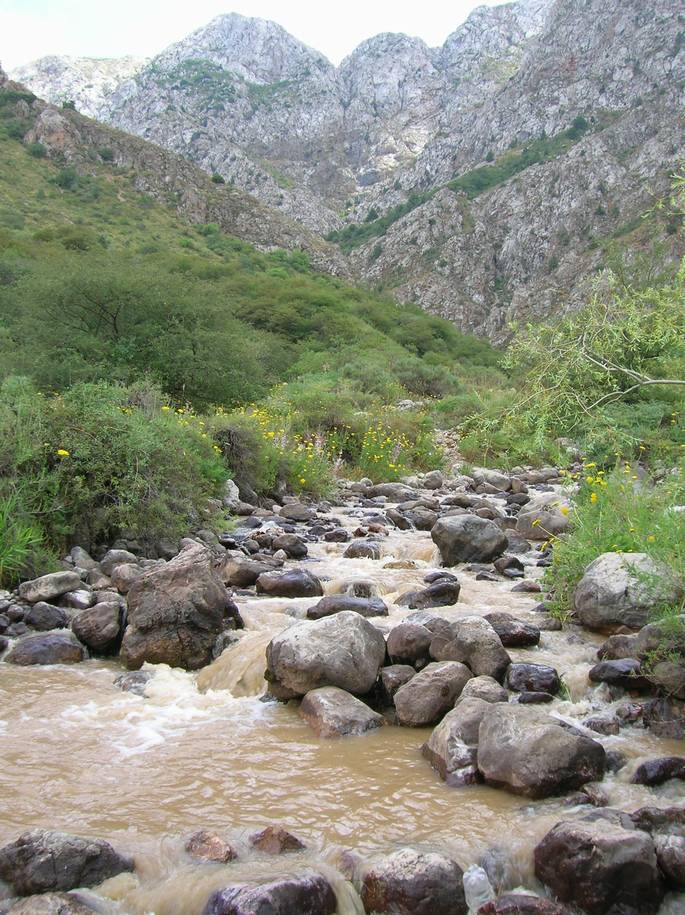Syrdarya–Turkestan State Regional Natural Park on:
[Wikipedia]
[Google]
[Amazon]
 Syrdarya–Turkestan State Regional Natural Park (; ) is a nature preserve in the
Syrdarya–Turkestan State Regional Natural Park (; ) is a nature preserve in the
Official website
Turkistan Region Protected areas of Kazakhstan 2012 establishments in Kazakhstan {{DEFAULTSORT:Syrdarya-Turkestan State Regional Natural Park
 Syrdarya–Turkestan State Regional Natural Park (; ) is a nature preserve in the
Syrdarya–Turkestan State Regional Natural Park (; ) is a nature preserve in the Turkistan Region
Turkistan Region (), formerly South Kazakhstan Region ( kk, Оңтүстік Қазақстан облысы, translit= Oñtüstık Qazaqstan oblysy) (russian: Южно-Казахстанская область, ') from 1992–2018 and Chimkent ...
of Kazakhstan
Kazakhstan, officially the Republic of Kazakhstan, is a transcontinental country located mainly in Central Asia and partly in Eastern Europe. It borders Russia to the north and west, China to the east, Kyrgyzstan to the southeast, Uzbeki ...
, which opened on September 5, 2012.
History
The Syrdarya–Turkestan State Regional Natural Park was established to protect ecosystems, archaeological sites, and historical-cultural monuments, as well as plants and animal species, some of which are rare or endangered. The park was established in 2010, and opened on September 5, 2012; through the merger of three existing state parks within Arys,Boralday
Boralday ( kk, Боралдай, ''Boraldai'') is a town located some 5 kilometres to the north of Almaty in Almaty Region of south-eastern Kazakhstan. The airport Boraldai Airport is located in the southeast part of the town. It is connected b ...
, and Turkistan. The goal was to prioritize the Syr Darya
The Syr Darya (, ),, , ; rus, Сырдарья́, Syrdarjja, p=sɨrdɐˈrʲja; fa, سيردريا, Sirdaryâ; tg, Сирдарё, Sirdaryo; tr, Seyhun, Siri Derya; ar, سيحون, Seyḥūn; uz, Sirdaryo, script-Latn/. historically known ...
river plain, in order to further protect the wildlife of the area. Additionally the Syr Darya river irrigates the many of the agricultural regions in the whole of Central Asia
Central Asia, also known as Middle Asia, is a subregion, region of Asia that stretches from the Caspian Sea in the west to western China and Mongolia in the east, and from Afghanistan and Iran in the south to Russia in the north. It includes t ...
. The area of the park is 120,000 hectares (roughly 296,526 acres). The total area of the park is divided into 4 functional zones – a protected area, an ecological stabilization zone, a zone of tourist and recreational activities, and a zone of limited economic activity.
About 955 species of plants grow in the park, among which 40 species are listed in the Red Book of the Republic of Kazakhstan
Red is the color at the long wavelength end of the visible spectrum of light, next to orange and opposite violet. It has a dominant wavelength of approximately 625–740 nanometres. It is a primary color in the RGB color model and a secondar ...
, a government published book of rare and endangered species within the country. The fauna of the park includes about 382 species of birds and animals. 109 of them are listed in the Red Book of Kazakhstan. One of the attractions of the park is the only nursery in the Republic of Kazakhstan to restore the population of Bactrian deer
The Bactrian deer (''Cervus hanglu bactrianus''), also called the Bukhara deer, Bokhara deer, or Bactrian wapiti, is a lowland subspecies of Central Asian red deer native to Central Asia. It is similar in ecology to the related Yarkand deer (''C ...
(also known as Bukhara deer). The park has 25 species of bed bugs
Bed bugs are insects from the genus ''Cimex'' that feed on blood, usually at night. Their bites can result in a number of health impacts including skin rashes, psychological effects, and allergic symptoms. Bed bug bites may lead to skin changes ...
, from 8 taxonomy families have been found and studied. The Tutybulak cave is located in within the park and has been studied for the archeology
Archaeology or archeology is the scientific study of human activity through the recovery and analysis of material culture. The archaeological record consists of artifacts, architecture, biofacts or ecofacts, sites, and cultural landscap ...
, specifically from the Stone Age
The Stone Age was a broad prehistoric period during which stone was widely used to make tools with an edge, a point, or a percussion surface. The period lasted for roughly 3.4 million years, and ended between 4,000 BC and 2,000 BC, with t ...
.
It has become a site for ecological tourism
Ecotourism is a form of tourism involving responsible travel (using sustainable transport) to natural areas, conserving the environment, and improving the well-being of the local people. Its purpose may be to educate the traveler, to provide funds ...
. However in 2022, there have been concerns of the ecotourism causing environmental damage and pollution in the river.
See also
*History of the central steppe
This is a short History of the central steppe, an area roughly equivalent to modern Kazakhstan. Because the history is complex it is mainly an outline and index to the more detailed articles given in the links. It is a companion to History of ...
* Northern river reversal
The Northern river reversal or Siberian river reversal was an ambitious project to divert the flow of the Northern rivers in the Soviet Union, which "uselessly" drain into the Arctic Ocean, southwards towards the populated agricultural areas of C ...
References
External links
Official website
Turkistan Region Protected areas of Kazakhstan 2012 establishments in Kazakhstan {{DEFAULTSORT:Syrdarya-Turkestan State Regional Natural Park